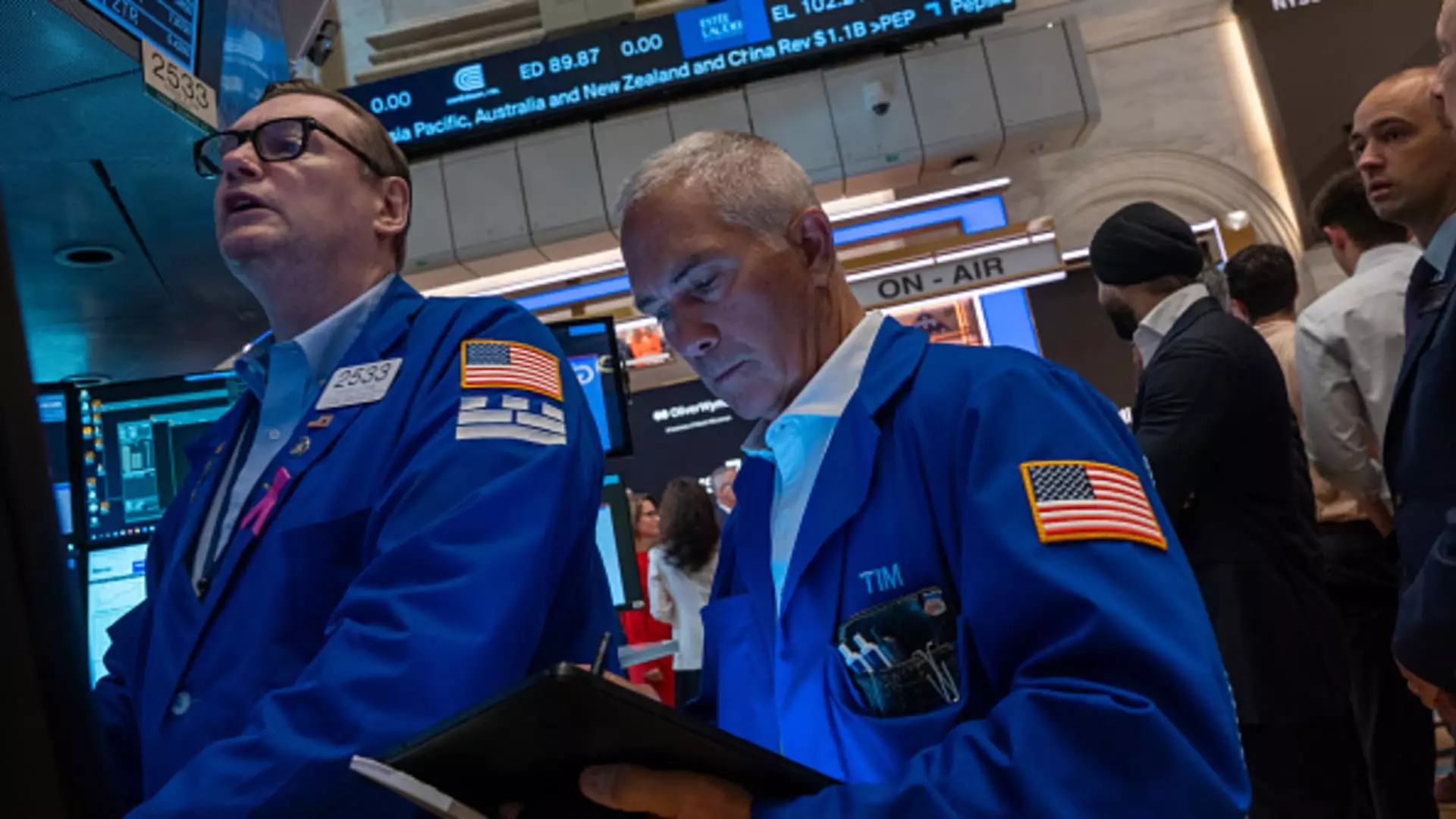On Thursday, investors witnessed a significant shift in U.S. equities with the Russell 2000 soaring by about 3.5% while the S&P 500 saw a nearly 1% decline. This divergence raises the question of whether this is simply a case of profit-taking in the top companies or if it signals the end of the megacap secular trend. In my analysis, I believe it could be a combination of both factors. For years, small-cap stocks, as represented by the Russell 2000 index, have trailed behind the megacap-led S&P 500. However, now might be the opportune moment to consider owning the iShares Russell 2000 ETF (IWM) as a way to capitalize on potential market shifts.
Small-cap stocks appeared to benefit from Thursday’s report of lower-than-expected consumer inflation in June, indicating that the Federal Reserve might initiate a series of interest rate cuts starting in September. This particular Thursday marked only the second time since 1979 that the Russell 2000 surged by more than 3% while the S&P 500 concurrently decreased. While one day’s movement doesn’t establish a trend, such a significant divergence suggests that smaller capitalization companies, especially those with significant interest rate sensitivity, could be poised for a rebound.
One way to potentially take advantage of this market dynamic is through a cost-free trade strategy involving the iShares Russell 2000 ETF. By selling the IWM 8/30/2024 $213 put for $5.40 and buying the 8/30/2024 $215 call for $5.65, an investor can set up a spread that would incur no cost (or a minimal cost of $0.25 per one lot). This trade was proposed when IWM was trading around $213. This risk reversal trade allows traders to establish a market view at little to no cost, although it does involve the risk of owning the underlying security.
By selling a put option and collecting the premium, investors can offset the cost of holding an upside call option. In an ideal scenario, the put premium would fully cover the cost of the call option, which aims to capture potential upside movements in the stock price. However, in the event that IWM does not appreciate in value, the investor must be prepared to take ownership of the ETF for a longer-term investment. Despite the risks involved, I am confident in the opportunity presented by small-cap stocks, as historical trends suggest that a mean reversion is likely to occur at some point in the future.
The recent market movements have hinted at a potential shift in the dynamics between small caps and large caps. Investors looking to capitalize on this trend can consider employing a risk reversal strategy with the iShares Russell 2000 ETF as a low-cost or cost-free way to establish market exposure. While this strategy offers the potential for significant gains, it is essential to understand the risks involved and be prepared for all possible outcomes. As always, it is advisable to seek guidance from a financial advisor before making any investment decisions.

